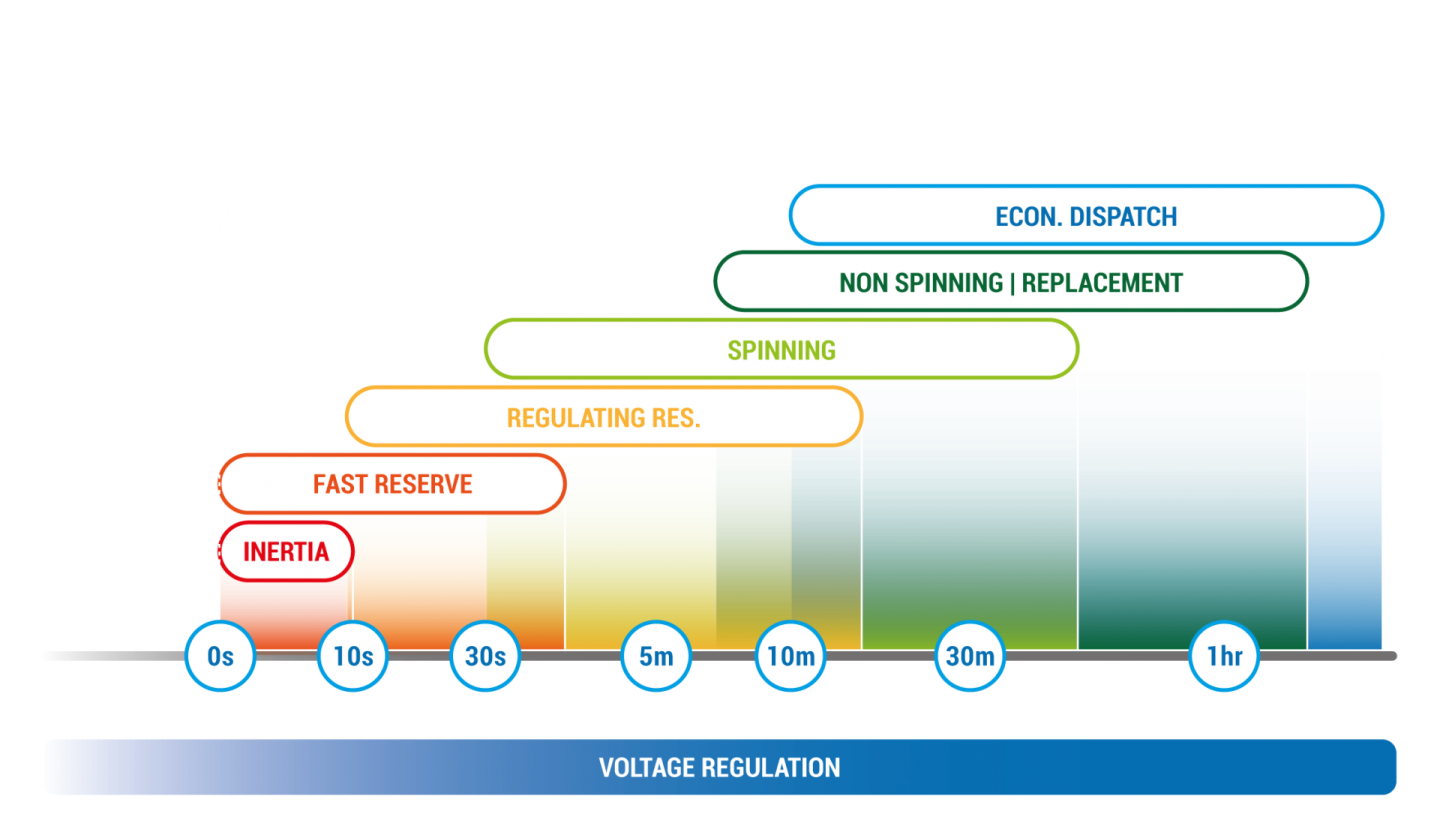Carbon dioxide may finally get its chance to become a solution in the climate crisis. Italy's Energy Dome says its CO2 batteries will store energy at less than half the cost of lithium "big batteries," while also being very responsive to load demand.
This is one of a number of solutions being put forward to replace or complement lithium "big battery" installations designed to soak up excess energy when the grid's not using it, and then feed it back in when it's required.
We're going to need insane amounts of energy storage in the coming decades; within 30 years, we need to replace all the world's current 2.045 terawatts (that's 2,045,000 megawatts) of coal-fired electricity generation with clean alternatives, while significantly expanding that capacity to keep up with skyrocketing demand as nearly everything else that runs on fossil fuels – cars, trucks, boats, planes, industrial processes, you name it – gets electrified as well.
There's more than enough clean, renewable energy available; it just doesn't get generated right when it's needed the way coal-fired power can. So until the unlikely goal of a global energy grid is realized, the world's appetite for cheap ways to store and release green electricity is going to ramp up like mad.
While carbon dioxide is one of the world's biggest problems right now, Energy Dome proposes to use it as a solution, taking advantage of a dramatic expansion that it undergoes when shifting between its liquid and gaseous states.
Here's the idea: you start out with a giant, flexible bladder full of CO2 gas stored in a big dome. As energy is fed into the system, electric turbines compress the gas into tighter and tighter volumes, much like a compressed air storage system. Heat from this compression is drawn off into a thermal energy storage system, and the gas is condensed into a liquid, which can be stored under pressure at ambient temperatures. That's the charge cycle.
When it's time to discharge, the liquid CO2 is evaporated with the assistance of the stored heat, and its expansion drives a second set of turbines, generating electricity and feeding it back to the grid from whence it came as the gas goes back into the bladder dome. (Incidentally, if you're looking for a band name, Bladderdome appears to be free and the URL is available for purchase.)
These domes can be run in a number of different sizes and configurations, but a target full-scale plant would make around 25 MW and store between 100-200 MWh of energy.

Importantly, these CO2 batteries can operate very quickly, absorbing and releasing energy nearly instantly in certain configurations. This means they'll be useful for smoothing out demand spikes – typically a lithium speciality – as well as for buffering between renewable generation and demand curves, and building multi-day reserve storage that can kick in to stabilize the grid when bad weather knocks generation on the head for a few days.
Round trip efficiency is over 75 percent, says the company, and while that does mean you're throwing some energy away, this sector will likely play out almost entirely based on economics. Here, the company tells Recharge News, it can offer a levelized cost of storage (LCOS) as low as US$50-60 per MWh within a few years, where lithium batteries are sitting between US$132-245/MWh.
Now, that's still not as cheap as the Iron-Air battery we wrote about earlier this week, but then that one relies on slower chemical processes, so it's better suited to longer-term, slower-response situations. Grids worldwide would probably do well to diversify their storage systems in the medium term, to see which ones work best to address the emerging challenges of totally renewable energy supply.
Energy Dome says it's building a pilot plant making 2.5 MWe and storing 4 MWh on the island of Sardinia, Italy. It's set to go live in 2022. Check out a less-than-riveting video below.
Source: Energy Dome via Recharge News






